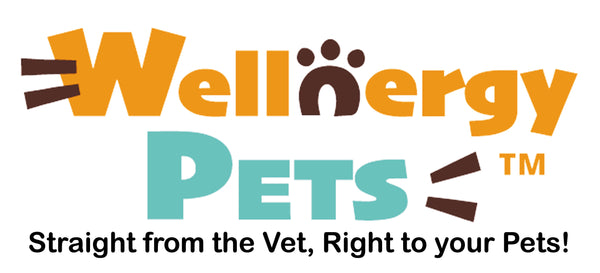Why does your cat eat green grass and plants?
Cats eat plants primarily to help with their digestive system. For example, the fiber found in plants helps with peristaltic gut movements that encourage the expulsion of gastric material such as food and hairballs.
There are even some plants that are safe to grow in a household with feline family members. Wheat, oat, grass, catnip, and heather are some examples of plants that you can safely grow in a garden with indoor or outdoor cats. If you are growing grass for your house, find a long potting box that your cat can crawl and lay in.
Catnip is a variant of the mint family, and cats love its smell and even enjoy an occasional nibble. If you are growing catnip outside or in the house, your cat will surely find pleasure in these plants.
When growing catnip, pinch off the tops of the blades of grass once it is well grown; this will help the plant bush out. While growing catnip indoors, be sure to monitor how much of it your cat enjoys; too much catnip may cause an upset stomach.
Below is an incomplete list of plants that are safe for your cat.
African violet, American rubber plant, Baby rubber tree plant, Bachelors buttons, Bamboo, Begonia species, Blue daisy, Boston fern, Buttercup squash, Camellia, Cape primrose, Carolina hemlock, Cat ear, Chaparral snapdragon, Christmas palm, Christmas orchid, Cocks comb, Common snapdragon, Common camellia, Common catbrier, Cornflower, Dallas fern, Dwarf feather fern, Dwarf palm, Easter daisy, Easter cattleya, Easter orchid, Easter lily cactus, Feather fern, Strawberry.
People enjoy decorating their homes with fresh plants and flowers to make their surroundings more comfortable. Even then, it is important to always be careful when your cats live in the same space as your plants. There are still many types of plants, bushes, and grass that are not safe for your cat. Some plants contain poisonous chemicals that will make your cat very ill and, in extreme cases, may even cause death.
Below is a small list of plants that are not safe for your cat.
Lillies are the most dangerous plants for your cat. Poinsettia, some types of ivy, rhubarb, Aloe Vera, amaryllis, apple seeds, most fruit pits, baby's breath, Black-Eye Susan, bleeding hearts, some cacti, Christmas rose, cornflower, chrysanthemum, daffodils, elderberry, ferns, holly, honey suckle, Jessamine, marigold, mistletoe, morning glory, mushrooms, different yews, Virginia creepers, tulips, tobacco, tomato plants.
Purchasing plants for the house should be done with care. Contact your local florist or greenery to find out more about the plant, and educate yourself by doing your research and finding out if your cats will be safe with your plant.
Certain products can help keep your cats away from your plants, such as pellets and sprays. These products give off scents and tastes that are repulsive to cats, and can be found in many pet stores.
Remember to practice patience when you are trying to train your cat around plants. If your pet may have gotten sick from the ingestion of a plant, contact your veterinarian right away.

